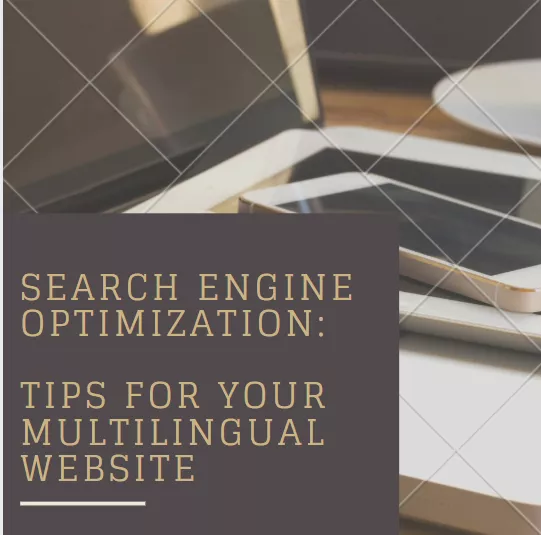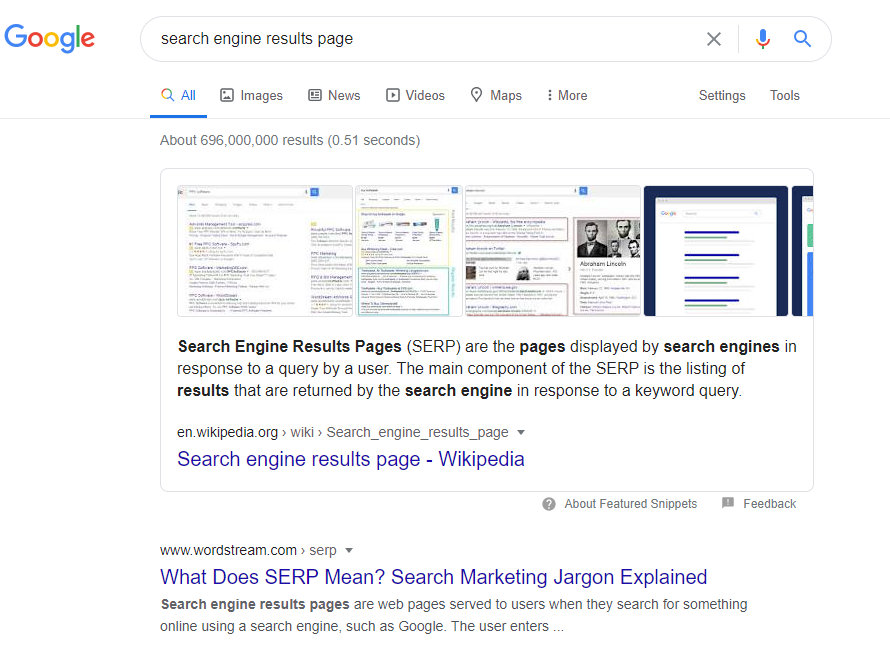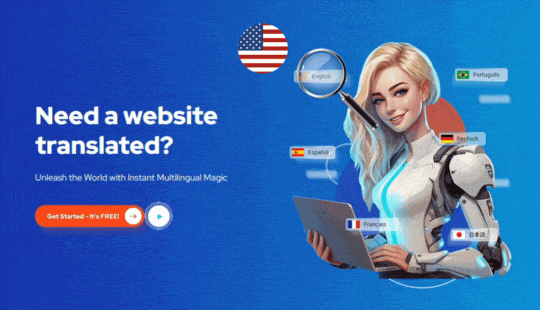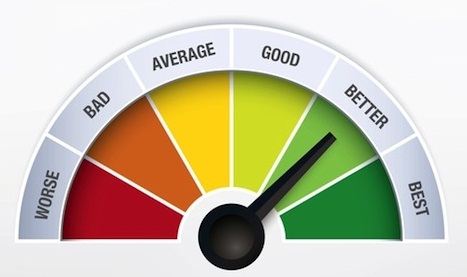
In the globalized world nowadays, no matter what your business is based on, technology plays an important role to achieve your marketing goals. Whether we want to target a new market in our own country or we are trying to strive for a higher number of people than our competitors, explain what your product or service(s) is about and basically, letting your target audience know about you quick, easy and efficient way is essential. Everyday there are more and more people who consider taking their business(es) from the local scene to the global one thanks to technology that this made it possible when they have decided to set up a website.
Once you create the appropriate website for your business, it should have basic and important information for both, your regular and potential customers, but how do they find your website? This is when Search Engine Optimization (SEO) helps; when it comes to a SEO friendly website even the domain name is important, the quality and quantity of traffic to your website is meant to be improved through organic search engine results.
The quality of traffic is related to the people that genuinely visit your website because they are truly interested in your product or service. Traffic improves once the website or information can be found on the search engine result pages (SERPs). You may purchase paid ads or Organic traffic which is unpaid for, they come from search engine result pages (SERPs).

First, we have the fact of reaching more and a better audience to our website and second, we have the key factor of this article, a multilingual website where we could apply a SEO strategy.
What is Seo Multilingual Website?
Optimizing the content of your website in different languages so it can be found in other countries and a whole new market. When it comes to optimizing the site to several languages, we should keep in mind that although English is a common and global used language, even when we target one of the English speaking countries, such as The United States, there is a wide audience who may not be a native English speaker and even if they know the language, they would still prefer reading in their native language such as Spanish, French, Creole, etc.
Google translate would allow non-English speakers to understand your website or WordPress blog but better results would be generated from a multilingual SEO strategy. Like any SEO strategy, it is important that you know your customers, their search habits, native language or the target languages they will be using.
Once you decide who you would like your target audience to be after taking into consideration what was mentioned before, regarding the language target, it is time to consider other factors that would help you understand the internet habits in the target country, such as:
- Social Media and its impact on your SEO
- Backlinks and how to build more on multilingual markets
- Content strategy, is it possible to share new content in a different country?
- Keep your eyes on Google statistics, it does not only identify people checking your website but also where they come from
- In case you run an online store, you might want to consider the currency if your product meets the expectations of the international market and local SEO strategies
- Your domain name, this will be the “face” of your brand for the rest of the world, although you might consider its translation, depending on your name’s selection, it will be easier for some target language speakers to recognize it
- Search engine result pages (SERPs), consider different versions of Google search to find your information and see how it looks for a different market
Once your website and content are created, it is obvious that you want people to find it and these are some important things to keep in mind:
URLs: when the content is searched, it is important that it does not appear in multiple URLs as this could lower your rankings as part of the content penalties among others. To avoid penalties, Google recommends a dedicated URL that include a language indicator, for example, a domain with the name www.yourdomain.com in your country might be known as www.yourdomain.com/es/ in Spanish speaking countries if one of those is your target audience.
The structure of the domain depends on you create it, it could be as a top-level domain: yourdomain.es, as a subdomain: es.yourdomain.com or as a subdirectory yourdomain.com/es/.
Hrelang Tags: offer a technical solution for sites that have similar content in multiple languages. Here the search engines send people to the content in their own language. This would certainly help determine the language of the website as well as the region it is supposed to be found at.
Tags can be added at the header section of the page, using the previous example, the target is Spanish speakers probably from Guatemala, the hrelang tag would look like this:
<link rel=”alternate” hreflang=”es-gt” href=”http://yourdomain.com/es/” />
When the target is not that specific, hreflang attributes can be used to reach multiple regions, which could be complicated but possible with a little help from translation solutions like ConveyThis.
One Language or Multiple Languages?
At times you might think some parts of the website don’t need to be translated into the target language, here are a couple of tips:
– While the main content is translated, the navigation bar is in the original language
– User generated content such as forums, discussions and comments are translated into different languages.
Multiple languages on the same page could be overwhelming and definitely affect the experience the users might have when they take a look at your website. Although Google recommends not to use side by side translations, it is something to be considered in cases of for example, a language learning site.
Do I have to translate my content only? The truth is that your metadata would help you rank better in your target market, a new country. This process will require more than just translating the metadata, you will need to work on a keyword research of this new market you are targeting because keywords from your original website might be different in this new market. Pages like Ahrefs and Ubersuggest review keywords entered in contrast to the selected country and help to have a better idea of what people search for in those countries.
It is not a secret that a responsive and fast website is a dream come true for any user, we have all have had that experience of the website that takes forever to load in contrast to the one that will take just seconds to show the whole information, based on our own experience and without being experts, we can confirm the time your website takes to load affects your ranking for search engines and of course, the traffic your website will get.
Are there tricks to help my website load fast?
– optimize the size of your images
– set up browser caching
– page caching enabled plugin
– implement your content delivery network (CDN) with your website
– minify JavaScript and CCS
All these suggestions might seem too technical for those who don’t really know about the topic but there is always help and platforms such as WordPress with enough plugins to ease the job, implementing these optimizations to create the perfect website for any kind of business.
Some common plugins for speed optimization for websites created on WordPress can be: WP Rocket, Perfmatters, WP Fastest Cache, WP Super Cache, WP Super Minify among others.
Some experts suggest to check your hosting plan. In a cheap hosting account, your website and hundreds more are sharing the same server resources, if this does not sound like a good plan to you, consider dedicated hosting that offers you a VPS or Virtual Private Server where several servers run their own operating system.
In conclusion, we can highlight the importance of first, the creation of a website for almost any kind of business or service, and second, the connection that a multilingual website represents from your business to your target market and the world, as well as the role that an appropriate SEO multilingual strategy has in this process.
Remember to always make a research on what your target market search for, knowing your user makes the strategy creation process easier since some of the previously mentioned factors would affect the traffic on your website. Keep in mind the language target, herflang tags, translations of pages and metadata, speed optimization, plugins, and of course, the resources where you could find more about these topics.
It is important to mention the ConveyThis blog posts, in which you will find more information regarding the translation of your website into specific languages, translation plugins as well as topics that will help you improve your website’s creation, performance and localization.





Drape Divaa
March 30, 2021Quality articles is the crucial to be a focus for the users to
pay a visit the web page, that’s what this website is providing.